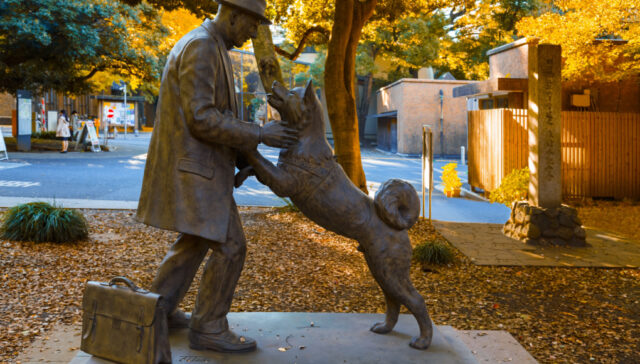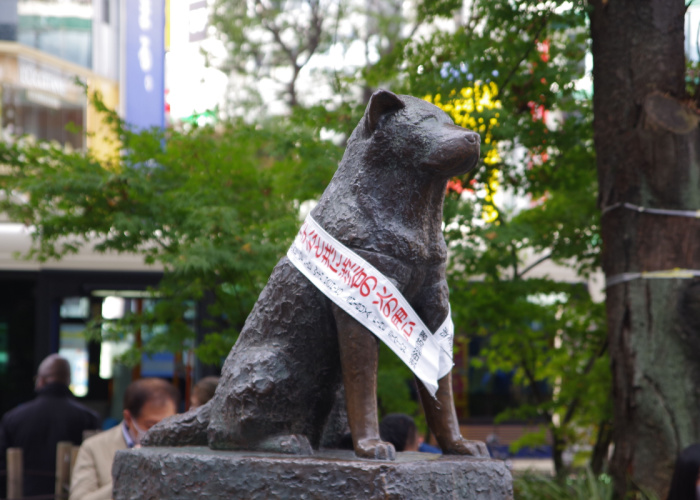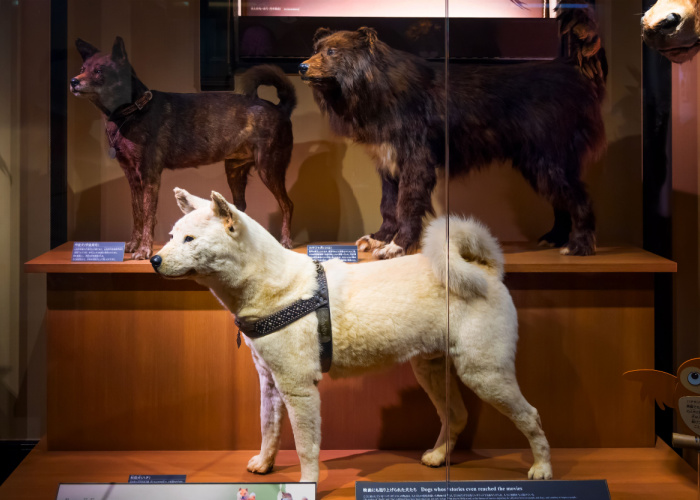
For some, losing a pet is like living in a meaningless world.
But what if it’s the other way around? This unforgettable dog shares the same heartwrenching story.
Hachiko, the loyal Akita dog that waited for its master at a train station in Japan for 10 years after its master’s death, turns 100 this year.
This faithful dog has touched the hearts of millions of people worldwide, where several Hachi-inspired movies became box office hits.
Because of this Akita dog’s local and global impact, a bronze statue was built at the Shibuya railway station in Tokyo in 1934 and later remade in 1948.
Japanese schoolchildren are also taught about Hachiko’s story as an example of loyalty and devotion.
Professor Christine Yano of the University of Hawaii said in a BBC interview that Hachi represents the “ideal Japanese citizen” with its “loyal, reliable, obedient” personality to its master.

The Heartwarming Story of Hachiko
It all started when Hidesaburo Ueno, a well-known agricultural professor and dog lover, asked his student to find him an Akita puppy.
And the same year when Hachiko was born (November 1923, city of Odate in Akita prefecture), Ueno adopted the Akita pup and welcomed it into his residence in the Shibuya district.
He gave the pup the name Hachi (which means 8 in Japanese) while his students added the honorific Ko.
In the mornings, Ueno goes to the train station to work, where his 3 dogs — including Hachiko — accompany him and wait for him there later in the evening.
But one tragic day, Ueno died due to a cerebral hemorrhage on May 21, 1925.
Having lived together for just 16 months, Hachiko displayed unforgettable affection and loyalty to its master.
During Ueno’s wake, the devastated Akita dog “crawled under the coffin and refused to move,” according to Hachiko's biographer Professor Mayumi Itoh.
Months after, Hachiko stayed with one family after another.
Thankfully, Hachi eventually ended up living with Ueno’s gardener Kikusaburo Kobayashi in the same residence where its master lived.
Hachiko then began reliving the memories it had with its master — going to the train station each day, rain or shine.
“In the evening, Hachi stood on four legs at the ticket gate and looked at each passenger as if he were looking for someone,” Prof Itoh states.
Hachiko’s daily trips to the train station weren’t always a bed of roses.
Some passengers saw the Akita dog as a nuisance, and little children threw water at the lonely canine.
But in October 1932, Hachiko gained nationwide attention when it was featured in the newspaper Tokyo Asahi Shimbun.
The Shibuya train station then received lots of food donations for Hachiko and brought an influx of tourists to see the loyal canine.
The world’s most loyal dog eventually died on March 8, 1935, which made headlines in local and national newspapers.
Even monks offered prayers for Hachi, and notable people also gave eulogies during the dog’s funeral.

Hachiko: The Timeless Canine Hero
Each year on April 8, the Shibuya train station holds a memorial service for Hachiko where its statue is lavished with decorations and gifts.
The loyal Akita dog’s mount is on display at the National Museum of Nature and Science in Tokyo, too.
Besides the Shibuya train station, Hachiko’s statues are also situated at Odate, Hisai (Ueno's hometown), and the University of Tokyo.
The loyal dog’s statue also stands in Rhode Island, where the filming location of the 2009 American movie adaptation, Hachi: A Dog’s Tale, which stars Richard Gere took place.
The Japanese government also designated the Akita dog breed as a national icon in 1931.
A large-sized Japanese dog, the Akita is one of Japan's oldest and most popular breeds that were once trained to hunt animals like wild boar and elk.












